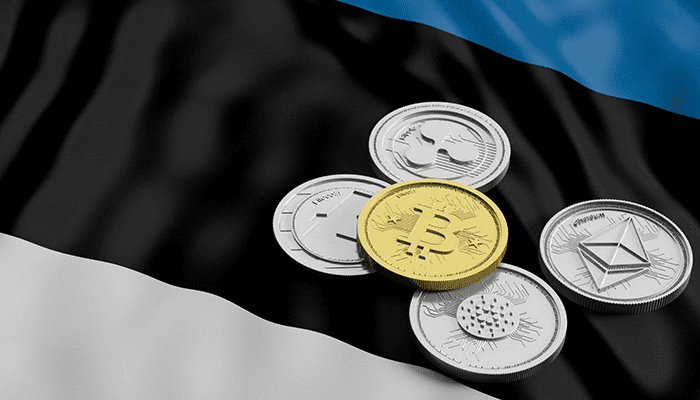
The long chain of suppliers, including oil producing countries, oil refining companies, and the armed forces of petroleum consuming countries, pose many challenges for these relationships in aspects such as coordination and security. You can check platforms like Oil Profit for a smoother trading experience with the best trading techniques. National security is one such example where problems can arise when a country does not have enough natural resources to meet the demands of its people. Venezuela’s recent challenge with its petroleum supply is an example that illustrates how global value chains can be affected in both positive and negative ways.
The country has also been a forerunner in adopting other new technologies, including Internet voting and mobile voting, that citizens use to cast votes in national elections in a unique way. These technological innovations ensure the efficiency and security of international supply chains, but they also have other positive effects that contribute to the local community, including reducing crime rates. In addition, Estonia’s adoption of Bitcoin and blockchain technology helps ensure its citizens’ safety and well-being.
The European country of Estonia has begun to use blockchain technology for its national government’s e-Residency Microsite, a set of services referred to as “e-services.” Estonia’s Ministry of Finance began accepting applications from foreign citizens to gain e-Residency status in September 2021.
The initiative aims to advance residents’ digital identity and access secure digital services like bank accounts, tax reporting, document signing, and management. Let’s find out how Estonia’s adoption of bitcoin is shooting up the profits in oil trades made by the country.
Oil trading drives a considerable part of Estonia’s Economy:
According to data from the CIA World Factbook, Estonia is one of the world’s largest trading nations, with a gross domestic product (GDP) of $35.9 billion and a per capita GDP of $28,800 in 2018. The country’s economy is driven by its exports, which account for nearly 60% of Estonia’s GDP. Estonia’s top export products include machinery and transport equipment, electronics and automation equipment, chemicals, foods, textiles, wood products, and especially petroleum.
Estonia is a member of the European Union and has actively participated in the EU’s energy policy which has led to a more liberalized market. In 2005, Estonia joined the North Sea Oil (NSO) alliance. NSO is an intergovernmental organization that promotes cooperation between petroleum refinery companies and governments.
The alliance helps to improve transparency so that it is easier for customers to make informed decisions about their purchases. NSO gathers information about the daily operations of its members and provides this data, as well as general information on oil industry news, on its website.
How this currency affected the petroleum sector of Estonia:
Supply chain optimization: One of the focal points of Estonia’s investment in bitcoin technology is supply chain optimization. Estonia has partnered with Bitfury, a bitcoin blockchain security company that helps governments to protect their data and supply chains for businesses.
Consumers can do this by using their e-Residency platform to manage their digital identities, which can have a use case to access a wide range of financial products, including but not limited to work visas and international bank accounts.
Sales of oil and petroleum products: The sale of oil and petroleum products is another critical factor driving economic growth in Estonia. Estcoin will provide a secure, transparent, and traceable transaction system for these types of sales.
Safety for consumers: The use of bitcoin technology provides producers and distributors with an efficient and safe system to transact with consumers. Estonian citizens enjoy easy, secure, and affordable access to their digital identity and the services it can provide. Estcoin will be a good fit for Estonia’s economy by providing a solution for both consumers and the government.
The future of Estcoin: Estonia has been working to implement this type of blockchain platform since 2012, but it has not proven itself as a viable solution yet. The Estonian government has also been more cautious about its use in the country due to concerns over regulation by its national government. As a result of this uncertainty, the Estonian economy was not thriving as it could have, but with the adoption of blockchain, the profits of this country in oil trades are shooting up. Furthermore, in March of 2019, Estonia was ranked No. 1 in “Bloomberg Technology’s list of 25 countries leading innovation in blockchain technology.

